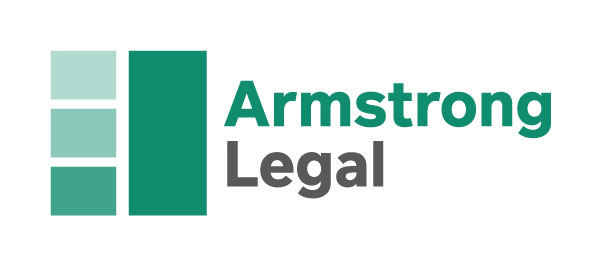The Doctrine of Exoneration, Property Settlements, Separation and Divorce
Sometimes property settlements after separation or divorce can be complicated by the business interests of one party being mixed with the assets owned by the couple. For example, one partner may have owned a business and at some stage taken out a loan for this business against the family home. Their business may have subsequently become bankrupt, and creditors may have called for their debt to be repaid using the equity in the home. In this situation, the doctrine of exoneration may apply to save at least part of a party’s interest in the family loan being called upon to meet the debt of the company.
The doctrine of exoneration holds that any loan against a jointly-held property that is used for the benefit of just one party should be repaid from the benefiting party’s share of the property in the first instance. The doctrine of exoneration is a presumption which can be rebutted if the person who would benefit from its application is found to have indirectly benefited from the relevant loan.
The doctrine of exoneration explained
The doctrine of exoneration can be illustrated from the following example:
- A couple have a family home that they own together as joint tenants that has a value of $2,000,000;
- The mortgage on the day the company of one of the parties entered bankruptcy is $1,000,000;
- On the face of it, there is $1,000,000 in equity to be split between the parties at the date of bankruptcy.
However, if you look more closely at what constitutes the mortgage, the following applies:
- $500,000 relates to the first mortgage for the property purchase;
- The other $500,000 relates to a second mortgage for the business of one of the parties. That party is the sole director and shareholder of the company.
So, applying the doctrine of exoneration:
- Both spouses are entitled to 50% of the property value ($1,000,000 each)
- Both spouses shares are reduced to $750,000 each on account of the first mortgage for $500,000.
- As the spouse that did not have the company did not have any interest in the second mortgage as they did not receive a benefit from it, the second mortgage is deducted from the spouse’s share who owned the company;
- Bankrupt’s share is then reduced to $250,000;
- Non-bankrupt’s share remains at $750,000.
Trust structures sometimes complicate matters
The doctrine of exoneration involves having no interest in and receiving no benefit from a particular loan. A common financial structure involving a family trust is the following:
- Family Trust or Discretionary Trust with both husband and wife as primary beneficiaries;
- Family Company of which one of the spouses is the sole director and shareholder. This company is the Trustee of the Family Trust;
- The majority of the family income comes from this financial structure. This includes repayments on the mortgage of the family’s primary residence.
Where the above financial structure is in place, it may be difficult to apply the doctrine of exoneration as it could be difficult to prove conclusively that one party did not benefit from the relevant loan.
Recent case on the doctrine of exoneration
A relatively recent case where the doctrine of exoneration was considered in the United Kingdom is the case of (As Trustee in Bankruptcy Of Onyearu) v Onyearu & Anor (2017).
The facts of this case were as follows:
A married couple were joint owners of their family home. The husband was a sole practitioner solicitor. The wife was an academic. The couple kept separate bank accounts, but both contributed to the family’s living expenses. The husband paid the mortgage, and the wife met the utility bills.
The husband acquired a loan for his sole practice and used the family home as security. The husband later became bankrupt, and the Trustee in bankruptcy sought to have the family home sold. The couple asserted that the doctrine of exoneration applied and that the wife’s share in the family home was protected from the husband’s debt.
At first instance, the court found in favour of the couple and that the doctrine of exoneration did apply. This was despite the Trustee in bankruptcy, claiming that the doctrine of exoneration should not apply as the wife received an indirect benefit from the relevant loan. The indirect benefit that the Trustee in bankruptcy asserted the wife received was the benefit that it enabled the husband to continue to earn an income and meet mortgage repayments on the property.
The Trustee in bankruptcy then appealed the decision. But the appeal was denied with the court holding that there was no authority for supporting the idea that an indirect benefit to the wife prevented the application of the doctrine of exoneration.
Conclusion
If you are separating from or divorcing a partner with whom you jointly held property and that partner used equity in the property for a loan for a company they owned and operated, the doctrine of exoneration may be applicable when determining your property settlement. The operation of the doctrine of exoneration can be a bit complicated, so it is important to get proper legal advice should you feel it may apply to your situation.
If you require legal advice or representation in any legal matter please contact Armstrong Legal.

This article was written by Kathryn Sampias
Kathryn Sampias has a Bachelor of Laws, a Bachelor of Arts and a Graduate Diploma in Journalism. Kathryn was admitted to practice in 2005 and practised law for more than eight years, working both in private practice (mainly in defence litigation for professional indemnity disputes) and in the public service for the Australian Securities and Investments Commission (ASIC) in enforcement.


